A three to five per cent drop in average used car prices for 2016 onward is the main prediction on residual values (RVs) from KeeResources.
Managing director, Denis Keenan said: “An extremely buoyant used market, almost by definition, has traditionally been one that is over-cooked in risk terms. As always, the primary used value driver is new car volumes.
“Separating the volume growth risk from consideration for a minute, and assuming similar new car sales figures to last year, could we see similar RVs three years from now? Could macro-economic factors sustain such a scenario?
“Initially, we have to consider overall employment statistics which have actually improved, probably against the odds, and then factor in that public sector employment simply must shrink if we are to return to any degree of national book-balancing.
“The latest 2013 UK GDP growth projections from the OECD at 0.9 per cent with CPI at 1.9 per cent could point to anaemic annual growth of just one per cent with even more concern for 2016 and 2017. Inflation itself is generally forecast to average around two per cent per annum over this time, with real concerns over consumer confidence during this period.
“All in all, given the above factors, we would expect a three to five per cent drop in average used values over the period, sector and type dependent, excluding new car volume increases – the real elephant in the room.
“While the possibility exists of the UK being used even more as a dumping ground at a time when the EU new car sales market is at an all-time low, we believe the more stable manufacturers, understanding the longer term damage of such actions, will be reluctant to do much to de-stabilise the overall new car volume. Some, however, may seize the opportunity in the run up to plant closures within the EU to squeeze some final volumes out of these assets before closure, and this uncertainty remains our current biggest concern.
“The SMMT’s latest (October) forecast for 2013 was revised upwards to 2.015m units with the forecast for 2014 slightly higher at 2.062m. These numbers would therefore suggest a relatively stable used car market, but even an extra five per cent lift to 2.2m units could harm three and four-year RVs by up to six to eight per cent.
“So assuming we have stability (barring new volume actions) in the used car market in the mid-term, we have to potentially face up to the fact that with the highest disposal £ values ever seen not really diminishing to any degree, we have perhaps had a major upward re-set of baseline RVs in the UK.
“In general terms, our values (percentages and £/€) have, long-term, been at a lower level than in equivalent EU markets, without an obvious reason. Our visible new vehicle distress-selling/low value product, while still present, has reduced. New car price inflation shows no sign of slowing, and will not do so given the extra technology being added, largely emissions and safety- related.
“New low-retail entrants such as Dacia could imbalance that but there is evidence that used buyers want to continue to trade upwards with their next car purchases, generally seeking higher specifications and better product. This scenario does not seem to be diminishing, helped along by an ever wider range of products on offer as manufacturers diversify on platforms. It is therefore conceivable to envisage the possibility that these low-retail offerings might fall to a different type of buyer – mainly cost-conscious retail, potentially with longer ownership patterns, some buying new as opposed to nearly new.
“Diversification of product in itself helps support average RVs over time, and as visual lifecycle changes are occurring at ever shorter intervals, a degree of RV protection is being inherently built in. Models simply age less through their lifecycle when this is done well (lifecycle actions do not necessarily always have an upward value movement now; rather they can simply stop £ values from declining), thus holding used desirability away from the value-drop cliff we have seen in the past, particularly in the way vehicles used to age at the end of their lifecycle. Modern cars also simply last better, as so few are poor in build-quality terms.
“Our viewpoint is therefore more positive than it has been for a while, with many pointers to used car value stability, really only subject to risk in the event of a return to a real economic downturn or excess new car volume.”



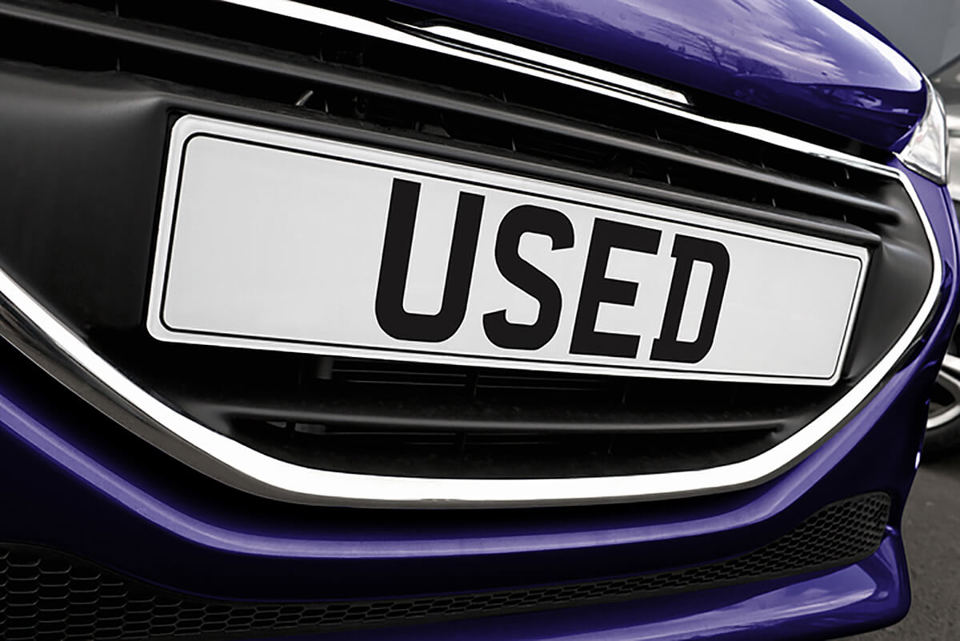
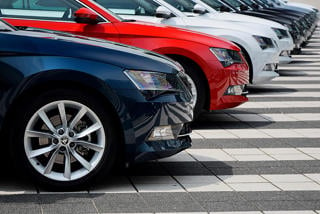
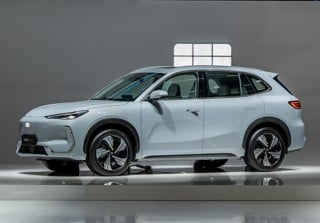
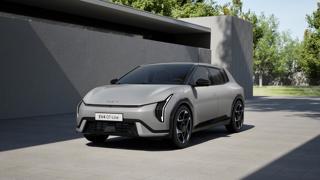
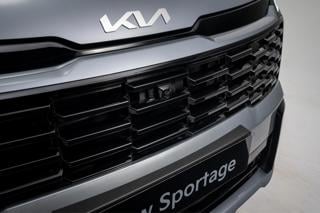














Spade - 11/01/2013 17:10
Excellent common sense, balanced evaluation. Well done Keeresources - no rediculously over optimistic nonsense or overly pessimistic so often pedalled out by other "experts" in this area.